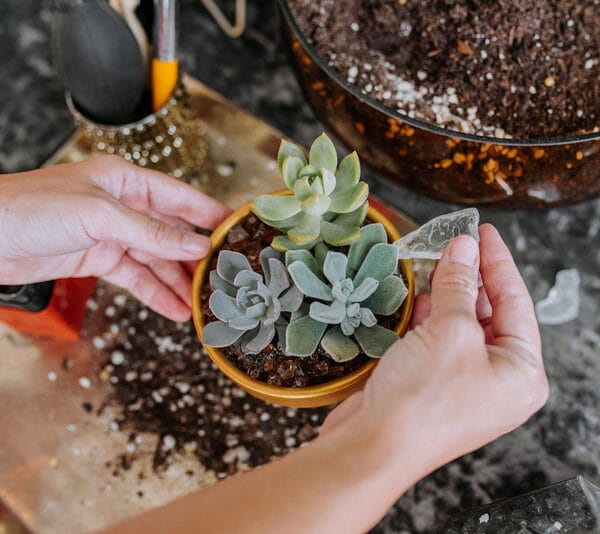With their ethereal beauty, striking forms, and eye-catching colors, succulents have become popular additions to cocktail tables, desks, and windowsills. However, part of the satisfaction of growing succulent plants comes from their modest requirements.
But while succulents are resilient plants that can endure conditions other plants cannot, they have one peculiar need: the perfect balance of shade and sunlight to thrive. So whether you’ve been gifted a pebble plant or bought a gorgeous snake plant from the shop, you can’t just bring succulent plants into your home without learning how to care for them.
Keep reading to learn about succulent light requirements and how to ensure your favorite indoor succulents receive enough light to thrive.
Shop our favorite potted succulents!
From the Succulent Bar Store

Can Succulents Live Inside Without Sunlight?
Succulents love sun exposure, and most varieties need at least 4-6 hours of daily indirect sunlight to thrive. However, there are several situations where you may need to keep succulents in the dark. It could be sending succulents in the mail, decorating a house or office for special events, storing wedding favors, protecting succulents from lousy weather, etc.
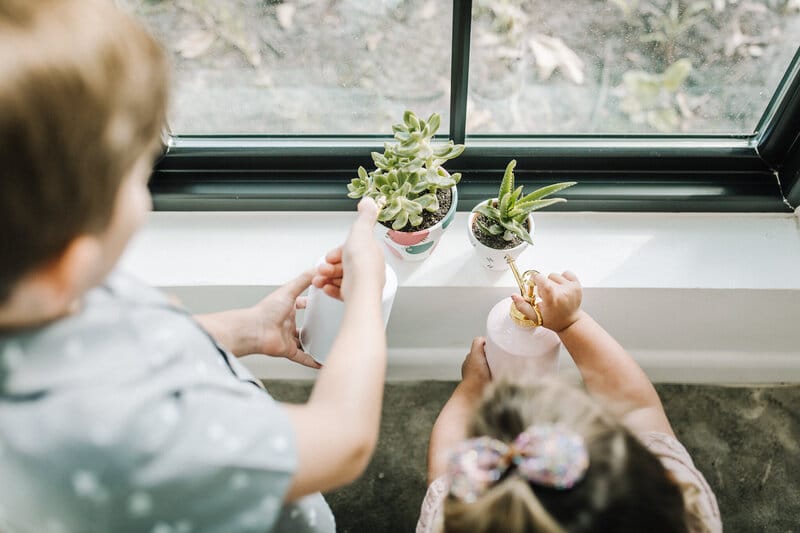
But aside from these instances, can they still make great indoor house plants if you lack a bright, sunny location to display them? Or, can your succulents thrive without light if you live in a basement apartment and your space has no windows at all?
The straightforward answer is no – no succulent will survive in the long term with a complete lack of bright indirect light, just like any other indoor plant. Sure, succulent plants can survive for a short time without direct sunlight, but how long succulents live will depend on the species.
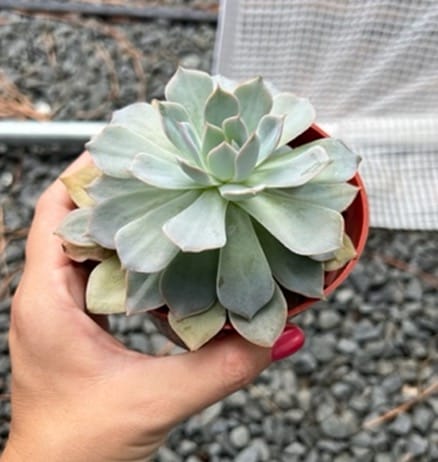

Most succulents will live without deterioration for 10-14 days if placed in a place with little or no light, while some shade-tolerant succulents may live longer. The following tips will help your indoor succulents last longer, even without sunlight.
The Best Ways to Make Succulents Last Longer Without Light
- To avoid overstressing the succulents, keep their time in the dark to less than ten days. As previously stated, succulents begin to deteriorate after ten days without enough light.
- Succulents should be kept dry as well. It is never a good idea to water succulents in the dark. This includes misting, which is also ineffective even under normal conditions.
- Wet or soggy potting soil is likely to make fungus diseases and rot easier to spread, which would be sped up by the lack of light.
- Places that don’t get bright indirect sunlight can also be moist, which succulents don’t like. So, if succulents are kept in the dark as wedding favors, it can help to leave some space between them so they don’t get too cramped. This can lower the amount of moisture in the air around the plant.
- If you need to keep succulents in low or no light for more than 14 days, getting plant-growing lights will help keep them happy. Cool daylight LED lights with 1000-2000 lumens would be ideal for the job.
How Much Sunlight Do Succulents Need?

Succulent plants come in varying needs and conditions to thrive.
For example, some succulent varieties grow in low-lying areas shaded by taller plants in their native habitats. On the other hand, some grow in crevices shielded from direct sunlight and on hilltops where rocks or boulders provide shade.
And so, these types of low light succulents grow best and tolerate low light conditions. Examples include:
- Aloe
- Beaucarnea
- Gasteria
- Haworthia
- Epiphyllum
- Rhipsalis
- Sansevieria
- Schlumbergera
- Snake Plants
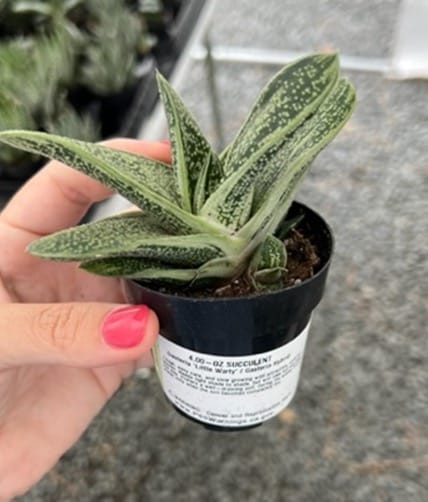
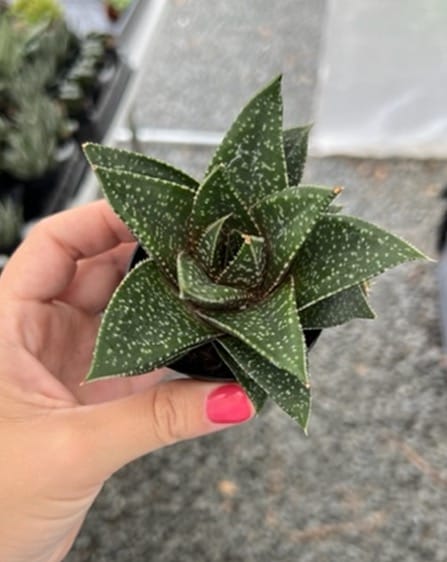
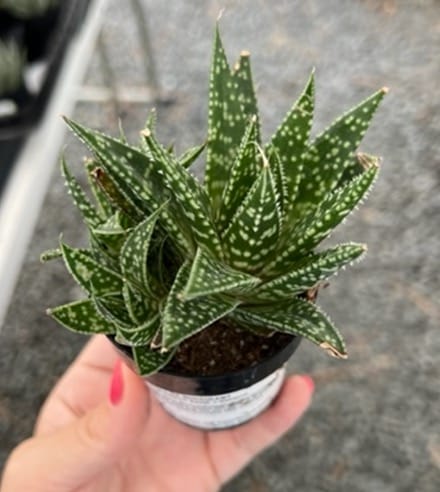
But there are also varieties of succulents that love full sun and thrive well under direct sunlight. Examples of sun-loving succulents include:
- Agave Plants
- Aloe Carmine
- Blue Chalksticks
- Cactuses
- Copper Pinwheel
- Coppertone Stonecrop
- Fred Ives
- Golden Barrel Cactus
- Crinkle Leaf Plant
- Lipstick Echeveria
- Paddle Plant
- Pink Ice Plant
- Prickly Pear Cactus
- Silver Dollar Jade
- Sticks on Fire
- Tree Anemone
However, if you are not careful, even succulents that thrive outdoors can suffer from ‘sunburn.’ Especially soft succulents can wither and die quickly if exposed to too much sun. Their leaves will develop brown spots if left unattended for too long in extreme heat.

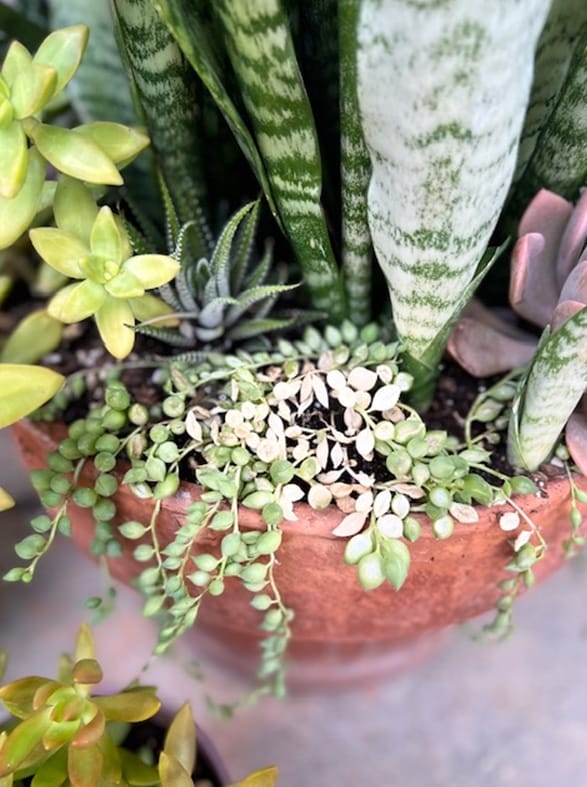
And so, if too much sun can cause damage to succulent plants, how much light do succulents need to grow well then? To be more precise, how many hours of sunlight do succulents need?
The following are a few reminders about what to do and what not to do to ensure your succulent gets enough sunlight and doesn’t end up dying:
If You’re Growing Succulents Indoors

Most succulents do best in bright direct light and need at least 6 hours of natural light per day. But if you only have a shady corner in your home, choose plants like mother-in-law tongue that do well in low light and place them near a south or east-facing window.
If you want to hang your succulent pot, a trailing type like “string of bananas” is a good choice.
If you already have your succulents near a good window, you can use the less expensive goose-neck plant lights to give them an extra boost.
A larger LED lighting panel is ideal for sustaining a few plants if it’s dark.
If You’re Growing Succulents Outdoors
It’s a little different if you’re growing succulents outdoors. Instead of exposing your plants to as much light as possible, you’ll likely need to protect them a little. After all, most of them aren’t native to the desert, and too much sun can still harm them.
Midrange succulents may grow well under some shade, such as a tall palm tree. But desert succulents, such as spiny cacti, don’t mind as much. An Opuntia, for example, can thrive in full sun with no shade, but it can get thirsty quickly.
What Happens if Succulents Don’t Get Sun?
Even though succulents are pretty hardy and great indoor plants, they still need bright indirect sunlight to grow well—but not too much, or they’ll get burned. Succulents that don’t receive enough light undergo several noticeable changes in appearance, such as:
1. Elongated stems and sparse leaves
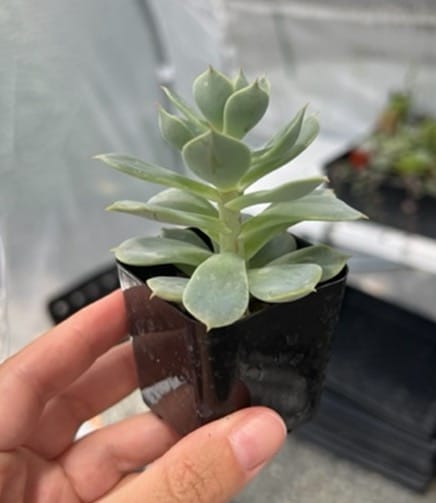
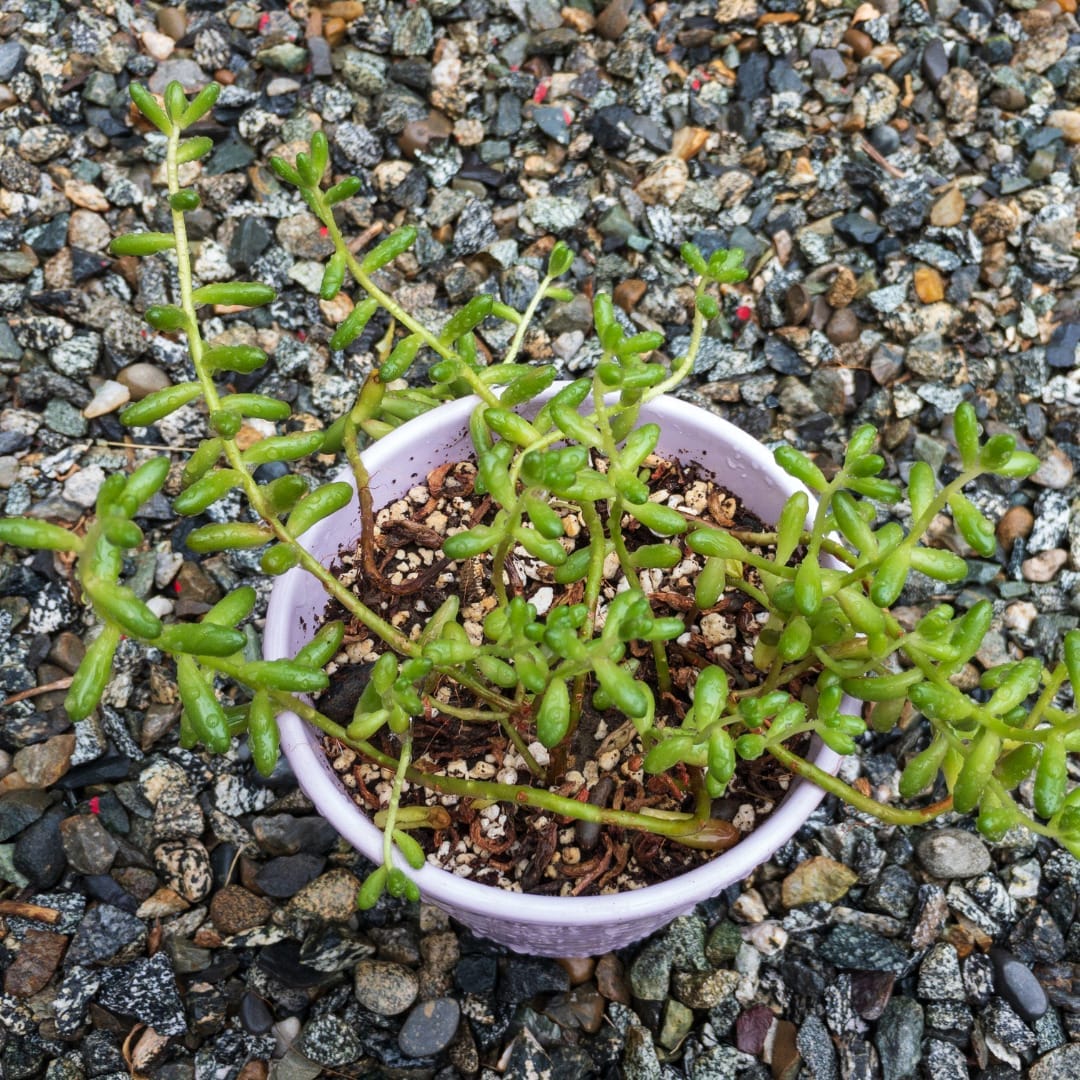
Etiolation is one of the most obvious signs that your succulent hasn’t had enough direct sunlight. Succulents appear disproportionately taller than their original compact form, with more space between the leaves on the stem and thin growth at the top. As a result, instead of seeing a beautiful bunching of leaves, you see a lot of slender stalks.
2. Flattening of rosettes
In their quest for more light, some succulents grow significantly tall, thin, and spindly, while others grow abnormally in other ways. The leaves will lose their shape and become flattered, making them look sad and sick.
3. Fading of color
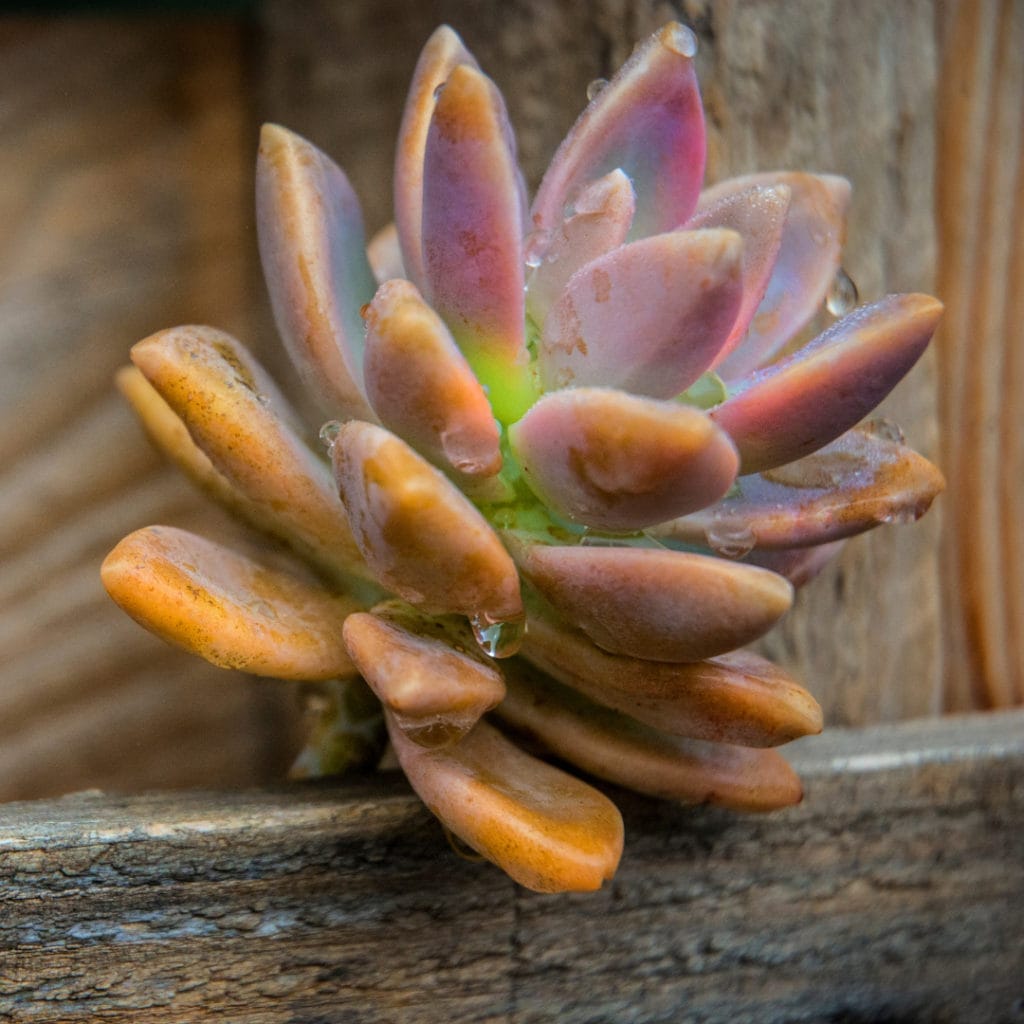
If the leaves of a plant are glossy and bright, even if they are just plain green, the plant is healthy and gets enough light and water. But succulents can sometimes look washed out and old, with dull leaves, and this is usually a sign that they could use some more sun.
4. Arching of lower leaves
When the lower leaves start arching and point downwards, the plant almost collapses from the bottom. Again, this is due to a lack of adequate light, with the plant starting to etiolate.
Now that we know what happens to succulents when they don’t get enough sunlight, the answer to the question, ‘do succulents need sunlight?’ is a clear yes! By placing your plant in a location where it receives enough light, fading colors, etoliation, and arching of lower leaves should be restored over time.
Do Succulents Need Sun and Water?
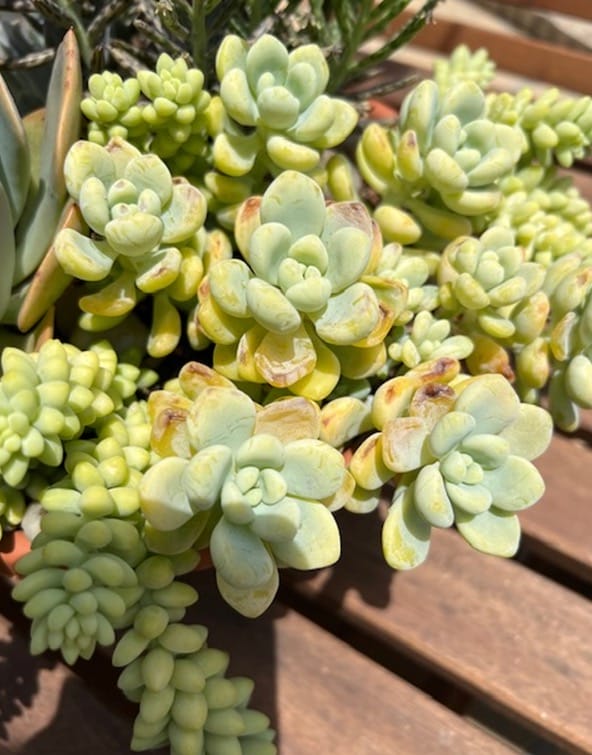
While succulent plants require very little care in watering, they are still susceptible to root rot when overwatered or sunburned when overexposed to direct sun. Moreover, as was said in the last section, succulents that don’t get enough sunlight and water will have problems like elongation or etiolation, lose their vibrant pigmentation, get pale, or turn back to a dull green color.
How to Know if They Are Receiving Enough Sunlight
Do succulents need direct sun, or will bright indirect sunlight suffice to keep them blooming beautifully? Knowing the effects of too much and too little sunlight can help determine how much sun your succulent plants need.
Too Much Sunlight
- When succulents are stressed out by too much sun, their rosettes will close up. This is their way of protecting their leaves from getting intense light and heat.
- Leaves will turn yellow or brown, often starting on the outside edges and making the leaf feel rough instead of smooth.
- Soon, leaves will show the first signs of sunburn damage by curling up or getting a dark spot on one side, and this damage cannot be reversed.
Lack of Sunlight
- If the rosettes don’t get enough light, they will open up and spread out to reach the light source. They will continue to grow taller, away from the center, leaving significant gaps between the leaves on the stem.
- A small, lighter-colored leaf is more common than usual. This means that the lack of sunlight causes your succulent’s original color to fade.
- As light deprivation continues, the bottom leaves start arching and pointing down instead of up.
How To Know If They Are Receiving Enough Water
Taking a close look at the leaves of your succulents is the easiest way to tell if they are getting too much or too little water. Before the problem gets too bad, the leaves will slowly change and exhibit signs.
Overwatered
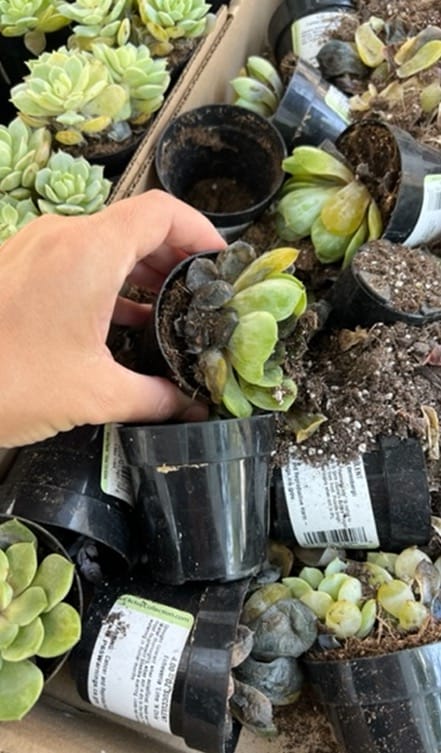
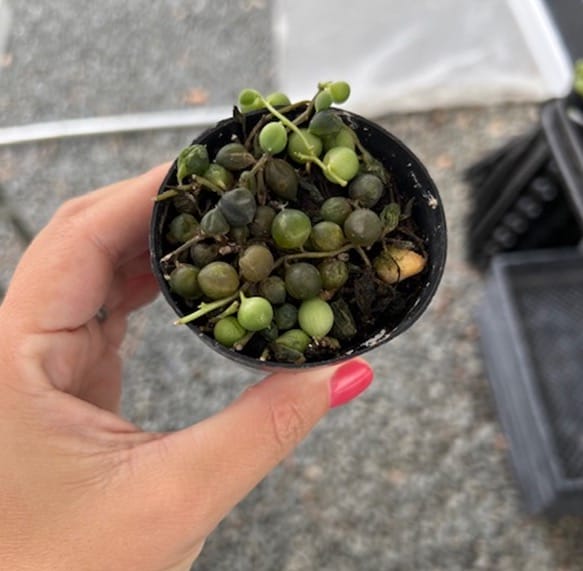
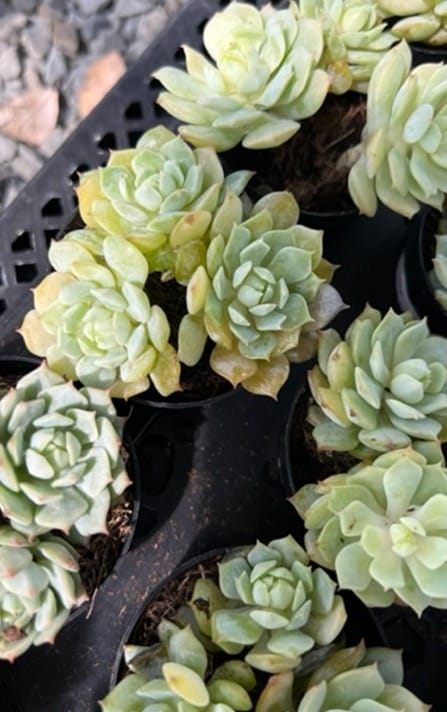
- Plump leaves will probably be yellow, see-through, soft, and wet and may also look shriveled. Some succulents with thick leaves, like ice plants and lithops, break and split instead because they get too much water.
- Overwatering succulents with flat leaves will cause the leaves to turn brown or black. When a plant is overwatered, the rot usually begins in the middle or bottom and works its way up.
Underwatered

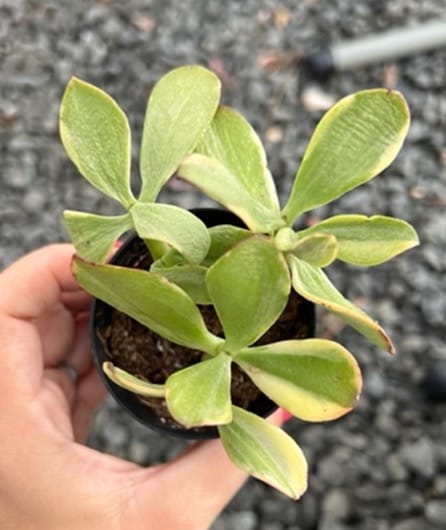
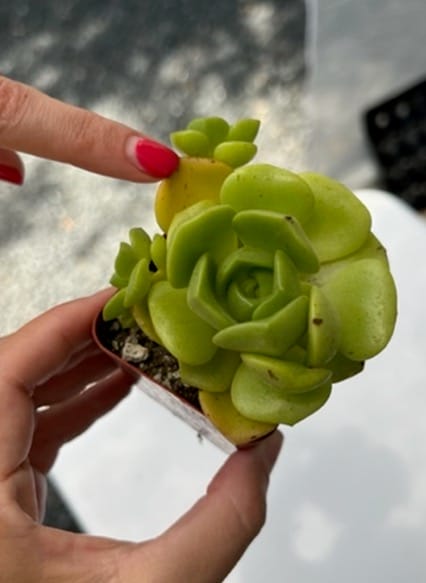
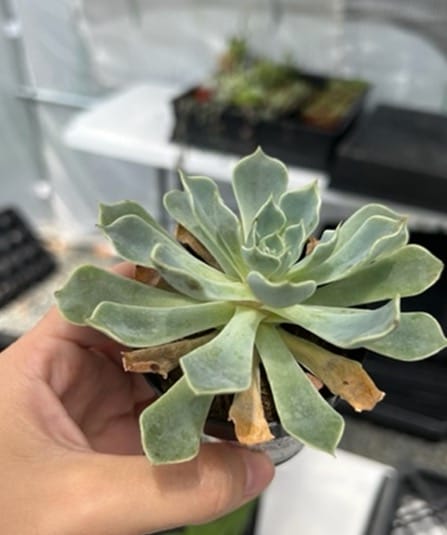
- Succulents with plump leaves, such as Echeveria and Graptoveria, will show signs of stress from underwatering by developing shriveled and wrinkled leaves. As water storage runs out, their bottom leaves will dry up and fall as they try to conserve water and energy for survival.
- On the other hand, flat leaves like Aeonium will lose their firmness and look limp and wilted. Their leaves will also start to get wrinkled and shrink. After that, as the plant continues to experience a lack of water, the bottom leaves will slowly get yellow spots.
Do Succulents Need Sun in Winter?
The previous sections of this article have focused on answering the question, ‘do succulents need a lot of sun?’ At this point, we’ll look at how to care for succulents in the winter.
How Winter Cold Affects Succulents
Each succulent has different temperature needs, but most will not tolerate prolonged freezing temperatures. Hardy succulents and those that are soft will react differently to the cold winter.
Soft Succulents
Aloe and other tender succulents like warm weather, so they either need to live inside, where the temperature should be over 50 degrees Farenheight, or outside if it never gets below freezing. Even a light frost can damage tender leaves. If you leave them outside in freezing temperatures, they will freeze, rot, and die.
Hardy Succulents
Hardy succulents can handle frost, freezing temperatures, and even temperatures below freezing. They are the best plants to keep outside all the time. They grow and thrive better outdoors than indoors. Some varieties, such as sedum, may change color slightly, and during its dormant cycle, it may transition from a lush green or colorful sedum to a dull color.
How to Care for Succulents in Winter
Knowing how to care for succulents in the winter will help these beautiful plants survive changes in temperature and humidity. The following are some tips for protecting your succulents from winter frost damage:
- Remove dead leaves.
- Winterize succulents by moving them.
- Ensure succulent drainage holes are efficient.
- Surround the roots of the succulents with gravel.
- Raise succulents off the ground during the winter.
- Protect succulent outdoors with horticultural fleece.
Final Thoughts – Yes, Succulents Need Sun
If you’ve read this far, you should clearly understand why succulents need sun. Taking care of succulents doesn’t have to be demanding or stressful because there are wide varieties to choose from. It may appear not very easy at first, but it becomes easier with practice. Caring for your succulents can be easy and rewarding as long as you give your succulents the right amount of sun and don’t overwater them.
What’s Next?
If you still have questions, you can contact the experts from Succulent Bar, who are ready to offer various plant tips and tricks and succulent DIYS, ensuring a seamless planting experience.
